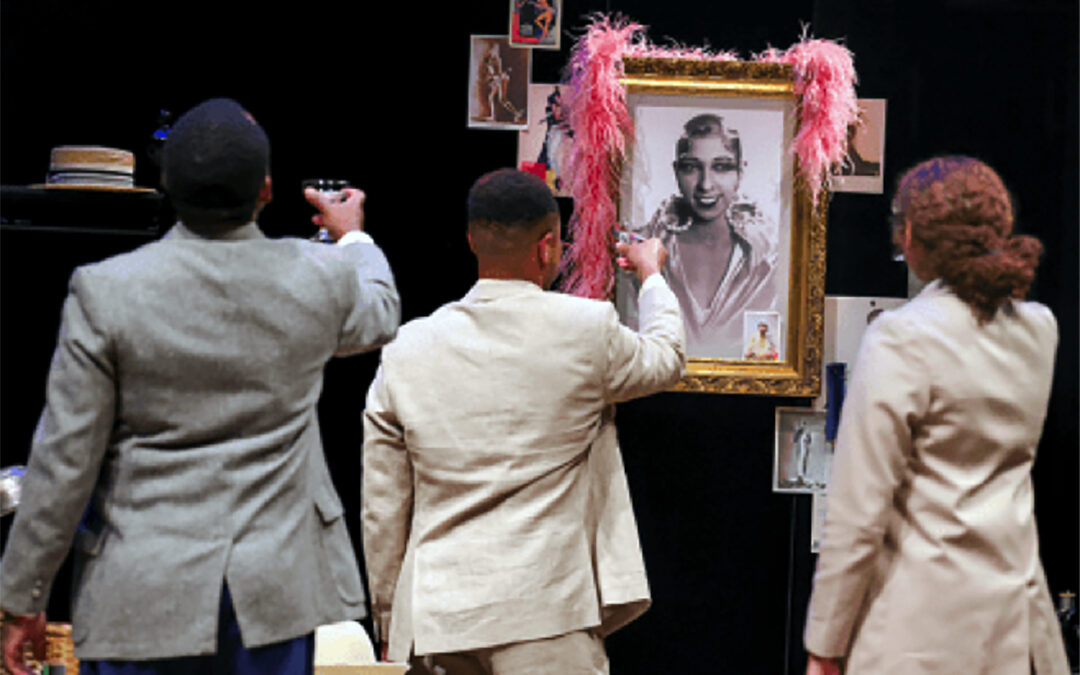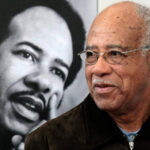JOY. STRUGGLE. THAT’S WHY THEY CALL IT THE BLUES.
New York in the summer of 1930. The hopeful notes of the Harlem Renaissance haven’t rung true for Angel, a failed Cotton Club singer, and her group of friends. Could their fortunes change at the hands of a handsome newcomer from Tuskegee, who sees in Angel a memory of lost love and a reminder of Alabama skies where the stars are so thick it’s bright as day?
Cleage’s “Blues for an Alabama Sky”
One often hears of the brilliance and romance that flowed out of the Harlem Renaissance; dancing, drinking, art, and fashion comprised the streets of large cities during the 1920s, especially in New York City. However, the Renaissance for working Americans wasn’t just full of sunshine and rainbows— one year after the Great Depression struck, countless individuals were hit with a plague of doubt and despair. Noted author and Playwright Pearl Cleage corrects the fantasy of what individuals perceive as the Harlem Renaissance; in a new production of “Blues for An Alabama Sky,” an expansive and riveting tale of struggle, lust, betrayal, and friendship takes center stage, and the Harlem Renaissance as people know it, becomes altered with the truth.
Whatever your understanding of the Harlem Renaissance, Pearl Cleage’s “Blues for an Alabama Sky” takes a modern approach to the 21st century and entwines it with the 1930 era. The characters, ordinary citizens of New York, are pitted against social forces that wreak havoc in their lives – racism, homophobia, overzealous religiosity, and Cleage beautifully draws out each character’s dreams within the black community and engulfs the audience in their story towards achieving freedom.
What is the Harlem Renaissance?
The Harlem Renaissance was the development of the Harlem neighborhood in New York City as an area for Black Americans to live in. As a result, a subsequent social and artistic explosion lasted from the 1910s through the mid-1930s. This period was the golden age for African Americans; literature, music, stage performance, art, and dancing manifested into a new era of rich culture. The movement laid the groundwork for later African American movements; while the movement was predominantly felt in New York City, the Harlem renaissance was felt across the United States, not becoming confined to a single state. Harlem became an attractive symbol for the African American community and served as the symbolic capital of a new cultural awakening.
DATES: September 7, 2022 – September 25, 2022
PRICING: Tickets start at $20
BUY TICKETS





